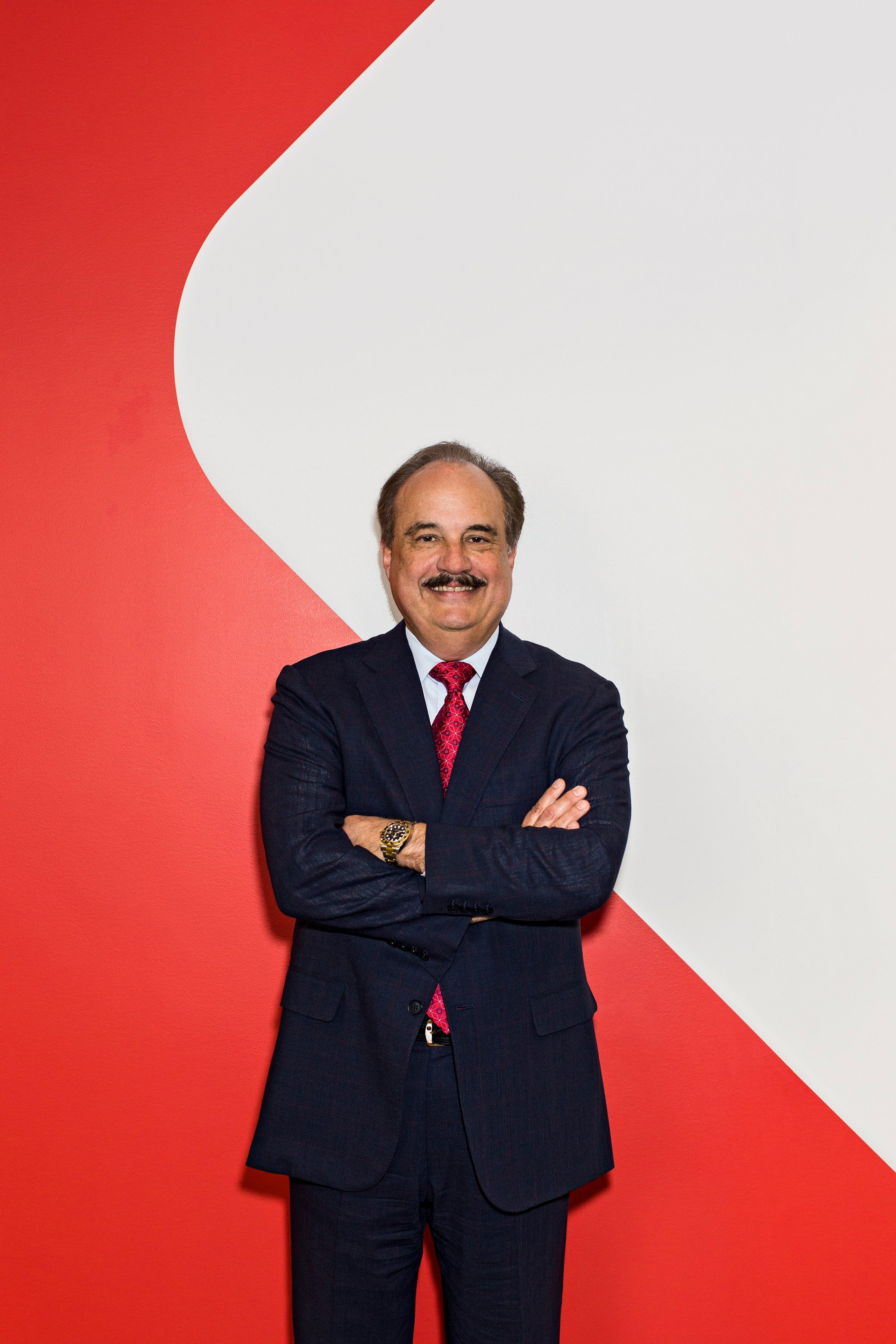
The Securities and Exchange Commission on Wednesday made waves in approving 3-2 a rule that will require most public companies to regularly disclose the ratio of chief executive pay to that of the average employee.
The rule came at the urging of Democrats like Senator Elizabeth Warren and worker groups like the AFL-CIO.
And it was approved despite opposition from the business community and Republicans.
The Chamber of Commerce is expected to sue over the rule. The head of its Center for Capital Markets Competitiveness David Hirschmann said that the rule “is more harmful than hurtful” and that the Chamber will seek to “clean up the mess. “To steal a line from Justice Scalia, this is pure applesauce,” SEC Republican Commissioner Daniel Gallagher said to Reuters. Companies argued that calculating median wages of workers is not cut-and-dry, especially for companies with lots of overseas workers, and that the new rule represented unnecessary and costly regulation.
Of course, missing from companies’ argument is mention that the rule will also reveal data that won’t necessarily reflect well on them. After all, average CEO compensation for the largest firms was $16.3 million in 2014, according to the Economic Policy Institute’s analysis of CEO stock options, salary, bonuses, restricted stock grants, and long-term incentive payouts, resulting in an overall CEO-to-worker pay ratio of 303-to-1 in 2014. (The ratio was 20-to-1 in 1965.) It’s that disparity that advocates of the rule want out in the open. They think it will put pressure on companies by drawing attention to the growing inequality between compensation for workers at the top of the company hierarchy and those at the bottom.
Companies with the highest ratios will likely have the most explaining to do. First up might be CVS.
According to a Payscale report, which calculated ratios based on the cash compensation of CEOs at the 100 highest-grossing public companies in the United States in 2013, CVS CEO Larry Merlo has the highest pay compared to his employees: $12,112,603—422 times as much as the average CVS employee, who earns $28,700 per year.
Next up is Goodyear CEO Richard Kramer, whose cash compensation of $15,086,645 resulted in a CEO-to-worker pay ratio at the company of 323-to-1. Third place is Disney’s Bob Iger who earned $12,112,603 in 2013—283 times more than the average Disney employee’s compensation of $60,300.
Interestingly enough, the lowest ratios occurred at Google, where CEO Larry Page earned $1 in 2013 and at Sears, where CEO Eddy Lampert, earned the same. Next lowest is HP’s Meg Whitman, whose cash compensation of $535,335 in 2013 was just six times as much as the average HP employee’s—$84,500, followed by Warren Buffett, who earned $485,606 in cash in 2013—nine times more than the pay for Berkshire Hathaway employees, who make, on average, $56,900.
You can see Payscale’s full list of CEO-to-worker ratios and their methodology here.
More Must-Reads from TIME
- Cybersecurity Experts Are Sounding the Alarm on DOGE
- Meet the 2025 Women of the Year
- The Harsh Truth About Disability Inclusion
- Why Do More Young Adults Have Cancer?
- Colman Domingo Leads With Radical Love
- How to Get Better at Doing Things Alone
- Michelle Zauner Stares Down the Darkness
Contact us at letters@time.com